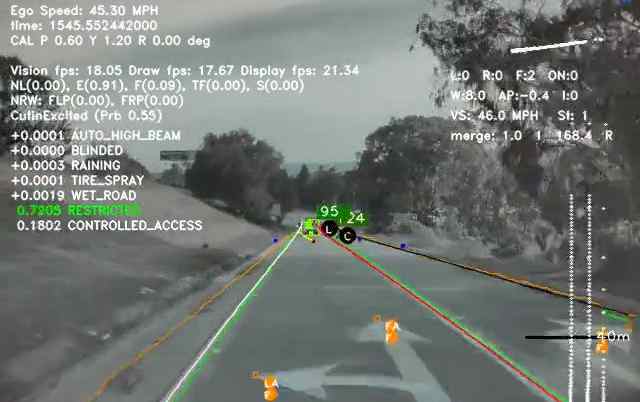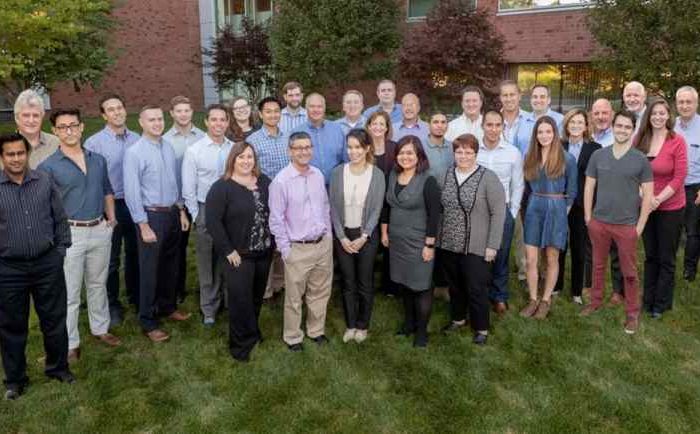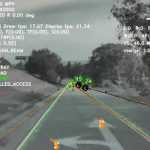This is what Tesla Autopilot sees using neural networks that take 70,000 GPU hours to train and output 1,000 tensors (predictions) at each timestep

Tesla Autopilot is an advanced driver-assistance system feature offered by Tesla that has lane centering, adaptive cruise control, self-parking, the ability to automatically change lanes, navigate autonomously on limited access freeways, and the ability to summon the car to and from a garage or parking spot.
Autopilot introduces new features and improves existing functionality to make your Tesla safer and more capable over time. Autopilot enables your car to steer, accelerate and brake automatically within its lane. Current Autopilot features require active driver supervision and do not make the vehicle autonomous.
Apply cutting-edge research to train deep neural networks on problems ranging from perception to control. Our per-camera networks analyze raw images to perform semantic segmentation, object detection and monocular depth estimation.
Our birds-eye-view networks take video from all cameras to output the road layout, static infrastructure and 3D objects directly in the top-down view. Our networks learn from the most complicated and diverse scenarios in the world, iteratively sourced from our fleet of nearly 1M vehicles in real time.
A full build of Autopilot neural networks involves 48 networks that take 70,000 GPU hours to train 🔥. Together, they output 1,000 distinct tensors (predictions) at each timestep.

